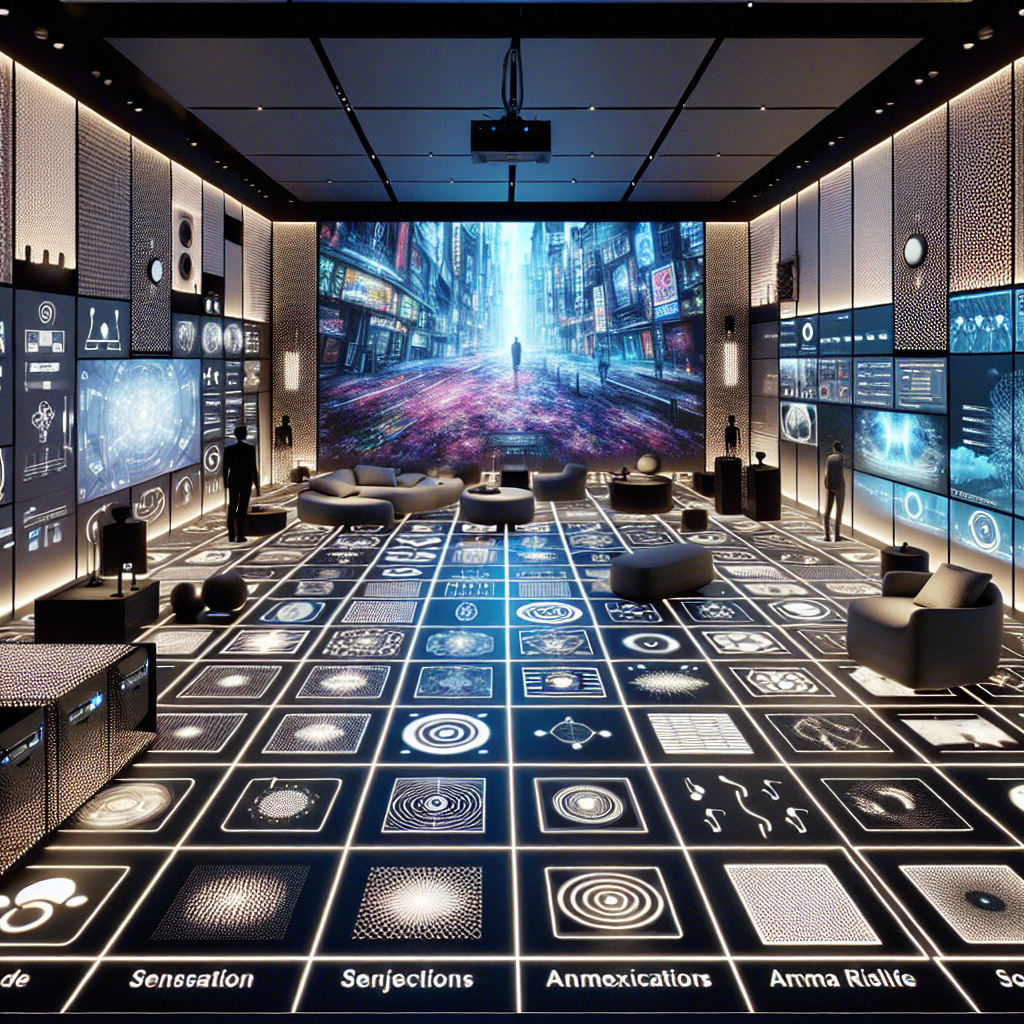In an age where the integration of technology into healthcare is more pronounced than ever, evaluating the efficiency of sensory equipment has become crucial for enhancing patient outcomes and improving quality of life. Sensory health, an often overlooked aspect of well-being, plays a vital role in how individuals interact with their environment and process information.
Understanding Sensory Health
Sensory health refers to the ability of the sensory systems, which include sight, hearing, touch, taste, smell, balance (vestibular system), and body awareness (proprioception), to receive and interpret external stimuli. Efficient sensory processing is essential for carrying out daily activities and for learning new skills. It affects everything from social interactions to academic performance, thereby underscoring the importance of evaluating and supporting sensory functions with the right equipment.
The Role of Sensory Equipment
Sensory equipment is designed to aid in the diagnosis, treatment, and management of sensory processing disorders and to support sensory health by providing therapeutic input or enhancing sensory experiences. This equipment ranges from simple tactile tools used in occupational therapy to advanced auditory devices that assist with hearing impairments.
Auditory Equipment
For individuals with auditory processing disorders, specialized equipment can help in distinguishing sounds, understanding speech, and improving overall auditory function. This is particularly crucial as auditory processing disorders can significantly impact daily life, affecting communication and social interactions.
Visual Equipment
Similarly, tools and devices that support visual processing can greatly benefit those with visual impairments or processing issues, helping them to better interpret visual information. The effects of such impairments on well-being are profound, as detailed in the exploration of visual processing issues.
Vestibular and Proprioceptive Equipment
Vestibular health is another critical component of sensory processing, with equipment aimed at improving balance and spatial orientation. This ties into the broader discussion on the importance of vestibular health in sensory processing.
Criteria for Evaluating Sensory Equipment
When evaluating sensory equipment, several factors must be considered to ensure that the tools are not only effective but also safe and appropriate for the individuals using them. Here are some key criteria:
Suitability
The equipment should be suitable for the user’s age, size, and specific sensory needs. It should be versatile enough to cater to a range of disorders and adaptable for different environments, whether in a clinical setting or at home.
Functionality
The functionality of the equipment is paramount. It should deliver the intended sensory input accurately and consistently, with options for adjusting intensity or complexity as the user progresses.
Durability and Safety
Durability is essential for equipment that will be used frequently, and safety features must be in place to protect users from potential harm during use.
User Experience
Ease of use and comfort are important for encouraging consistent use, which is necessary for the equipment to be effective.
Evidence-Based Design
The equipment should be designed based on scientific research and evidence, ensuring that it addresses the sensory needs effectively.
Cost-Effectiveness
Finally, the cost of the equipment in relation to its benefits should be reasonable, making it accessible to those who need it.
Integrating Sensory Equipment into Care Plans
To optimize the benefits of sensory equipment, it must be seamlessly integrated into individual care plans. This involves collaboration between healthcare providers, caregivers, and the individuals themselves. It may also involve training to ensure that the equipment is used correctly and effectively.
For instance, in the context of pediatric care, sensory health considerations are paramount, and the integration of appropriate equipment can be found in the development of sensory health programs for schools.
Supporting Research and Resources
The efficiency and benefits of sensory equipment are supported by a wealth of research and niche resources. For example, organizations such as the Sensory Processing Disorder Foundation provide comprehensive information on sensory processing and the role of therapeutic equipment. Another valuable resource is the American Occupational Therapy Association, which offers in-depth guidance on sensory integration therapy and equipment.
For specific equipment evaluations, the International Journal of Rehabilitation Research often publishes studies on the effectiveness of various sensory tools and devices. Moreover, forums like the Sensory Integration Network offer a platform for professionals to discuss best practices and new developments in sensory equipment.
Future Trends and Considerations
The future of sensory equipment is promising, with innovations driven by technological advancements and a deeper understanding of sensory health. The ongoing development of virtual reality tools for sensory therapy and the exploration of new materials for tactile equipment exemplify the evolving landscape of sensory healthcare.
As we continue to evaluate and refine sensory equipment, the focus must remain on improving the lives of those with sensory processing challenges. By ensuring that equipment is efficient, accessible, and tailored to individual needs, we can make strides in enhancing sensory health and overall well-being.
For more information on sensory health and the role of sensory equipment in therapeutic interventions, please visit Sensory Health on Avix Health.



